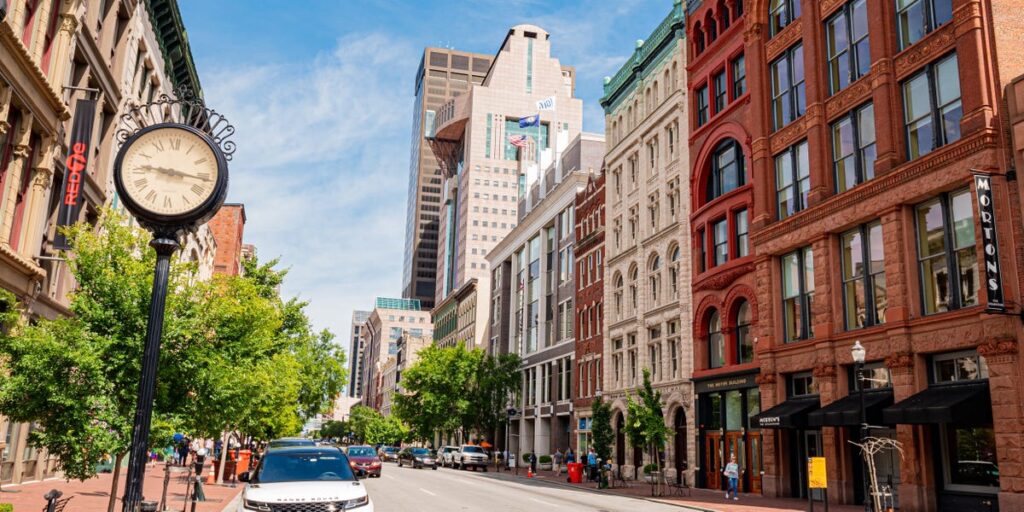So, you’ve finally bought your dream home.
With still-high home prices and mortgage rates, it probably cost you a pretty penny.
You might think you’re in the clear — but not quite. Property taxes are another major expense to keep in mind. For new homeowners, the property tax sticker shock can be real. And if you’ve owned your home for years, you’ve likely seen your tax bill steadily climb.
Property taxes — which are based on a home’s assessed value — can fall or rise over time due to several factors, including the strength of the local real estate market, any home improvements made, or changes in local tax rates.
According to data from LendingTree, property taxes rose by 10.4% nationwide from 2021 to 2023, the most recent year data is available. Homeowners in the 50 largest metropolitan areas in the US now pay a median of $2,969 annually, or about $247 monthly, in property taxes, regardless of whether they have a mortgage. In many areas, however, homeowners are paying hundreds or even thousands more.
The biggest increase was in Tampa, where property taxes jumped 23.3% in the two-year span. Next was Indianapolis, with a 19.8% increase, Dallas, with 19%, and Jacksonville, Florida, with 18.7%. Atlanta and Miami tied for the fifth-biggest increase, with 18.6%.
To illuminate how property taxes vary across the country and how the increases have ranged, we’ve highlighted the five metros with the highest property tax costs and the five with the lowest.
As it turns out, relatively smaller Southern metros — which often also have a lower overall cost of living — tend to have the lowest property taxes, while more populous and expensive areas in the Northeast and on the West Coast have the highest ones.
Birmingham, Alabama, is at the bottom of the tax scale. With a median home sale price of $213,250 — well below the national median of $430,848 — and a median property tax of $1,091, homeowners have relatively lower bills. At the top is New York City, one of the priciest real estate markets in the world and also home to the nation’s highest property taxes.
Below are the US metros with the lowest and highest property taxes, along with how much they increased in each one between 2021 and 2023, according to LendingTree.
The typical home sale price as of February, the most recent available, is from Redfin, and the 2023 population figures are from the US Census.
Metros with the cheapest property taxes
5. Nashville
4. Phoenix
3. Louisville, Kentucky
2. Memphis, Tennessee
- Median property taxes paid in 2023: $1,856
- Percentage change from 2021-2023: 8.9%
- Median home sale price: $180,000
- Metro population: 618,639
1. Birmingham, Alabama
- Median property taxes paid in 2023: $1,091
- Percentage change from 2021-2023: 13.4%
- Median home sale price: $213,250
- Metro population: 196,644
Metros with the most expensive property taxes
5. Boston
- Median property taxes paid in 2023: $6,696
- Percentage change from 2021-2023: 10.2%
- Median home sale price: $858,000
- Metro population: 653,833
4. Austin
- Median property taxes paid in 2023: $6,973
- Percentage change from 2021-2023: 13.8%
- Median home sale price: $512,500
- Metro population: 979,882
3. San Francisco
- Median property taxes paid in 2023: $8,156
- Percentage change from 2021-2023: 16.5%
- Median home sale price: $1,392,750
- Metro population: 808,988
2. San Jose
1. New York
- Median property taxes paid in 2023: $9,937
- Percentage change from 2021-2023: 11%
- Median home sale price: $852,500
- Metro population: 8,258,035
Read the full article here


